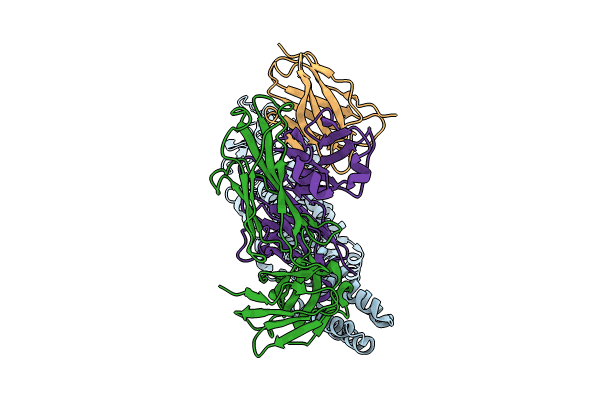
Deposition Date
2023-05-04
Release Date
2024-01-17
Last Version Date
2025-07-02
Entry Detail
Biological Source:
Source Organism:
Homo sapiens (Taxon ID: 9606)
Escherichia coli (Taxon ID: 562)
Mus (Taxon ID: 10088)
Vicugna pacos (Taxon ID: 30538)
Escherichia coli (Taxon ID: 562)
Mus (Taxon ID: 10088)
Vicugna pacos (Taxon ID: 30538)
Host Organism:
Method Details:
Experimental Method:
Resolution:
3.40 Å
Aggregation State:
PARTICLE
Reconstruction Method:
SINGLE PARTICLE


